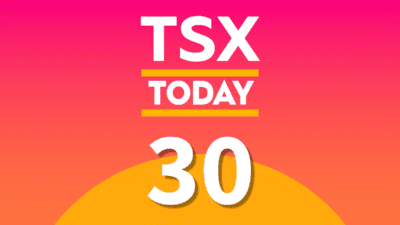Companies like Canadian Pacific Railway (TSX: CP)(NYSE: CP) that generate more cash than required to meet operational needs have, in essence, three basic options – grow revenue by investing in R&D or buying a competitor, pay a dividend, or repurchase stock through a share buyback program.
Knowledgeable income-seeking investors choose companies that are committed to raising their dividend consistently over time. And by better understanding who owns a company’s shares, “following the money” if you will, investors can better determine the likelihood of regular, growing dividends.
So much cash, so few options
Canadian Pacific had a great 2013 — record revenue, an all-time low operating ratio and improved productivity across the board. And it has a lot of free cash — $530 million at the end of its latest quarter.
Earlier this month, Canadian Pacific unveiled a share buyback plan to repurchase up to 5.3 million shares, or about 3% of the total outstanding, over the next year. Based on the stock’s current share price, the value of the program could reach nearly $840 million.
An analysis of who owns Canadian Pacific stock reveals why the company’s first choice was a share buyback program, and not a dividend raise.
Based on data compiled by Bloomberg, U.S. investors own nearly 73% of Canadian Pacific’s stock, compared to just 47% for Canadian National. And U.S.-based hedge fund Pershing Square Capital, managed by famed activist investor Bill Ackman, controls nearly 10% of Canadian Pacific stock.
American investors in Canadian companies tend to prefer share buyback programs due to the heavy taxation of dividends from companies north of the border. On a possible dividend increase, Hunter Harrison, Canadian Pacific’s CEO, commented that, “U.S. holders are not crazy about dividends because of the tax treatment. U.S. investors would rather have a buyback than a dividend.”
Share buyback vs. dividend increase
Unfortunately, the case for share buyback programs enhancing shareholder value is a difficult one to make. Corporate boards often initiate share buyback programs at inopportune times. With Canadian Pacific’s stock approaching an all-time high, now is not the best time to begin buying in the interest of creating shareholder value.
Then there is the issue of who truly benefits. By reducing the number of outstanding shares and increasing various per-share measures, share buyback programs provide a boost to the value of stock-based pay provided to a company’s senior management, but does little for the average investor.
Foolish bottom line
Canadian Pacific will likely initiate a nominal dividend increase when it announces first-quarter results later this month. But it will be much smaller given the large financial commitment already made to the share buyback program that primarily benefits the large number of U.S. based investors in Canadian Pacific. Canadian investors seeking dividend income would be well served to always remember to follow the money.






